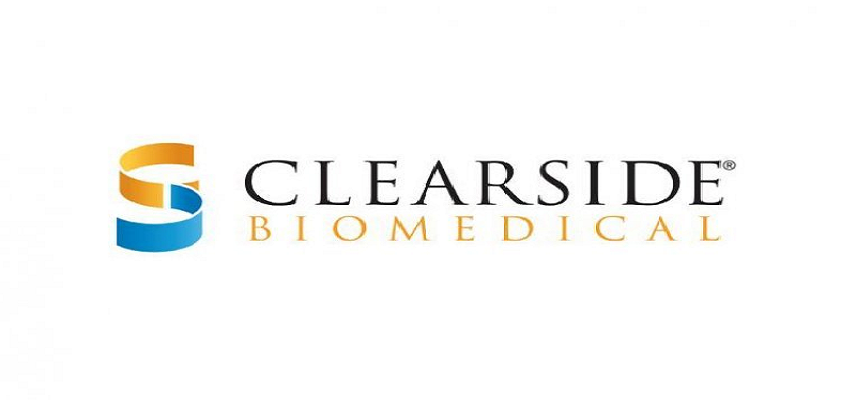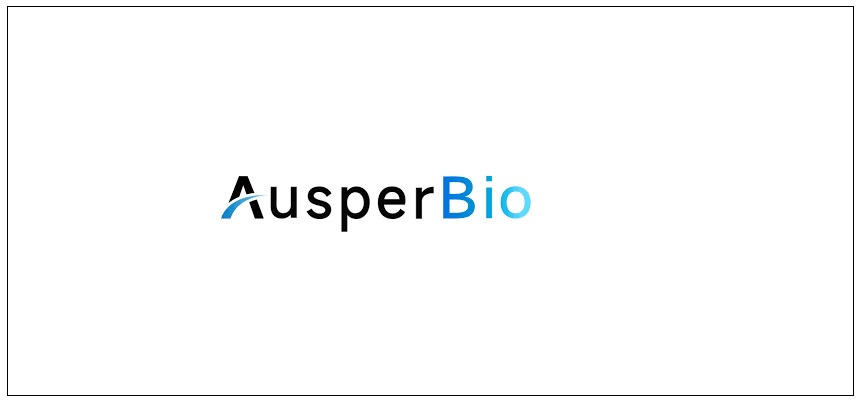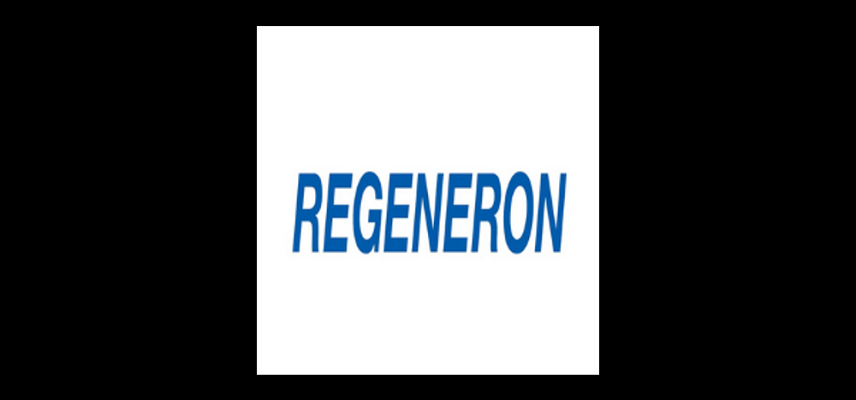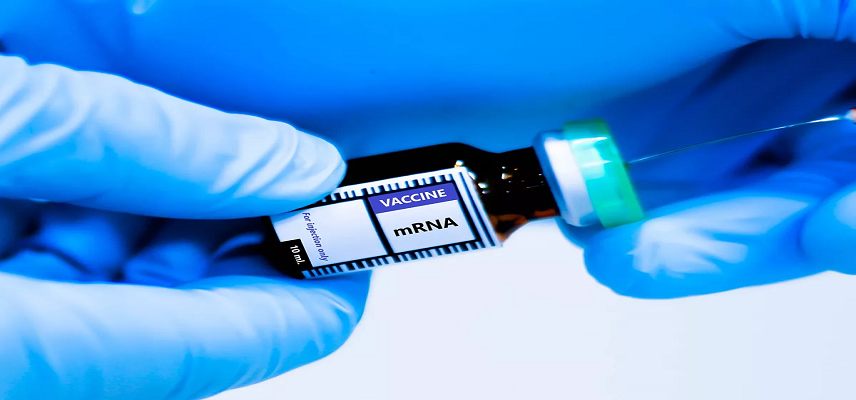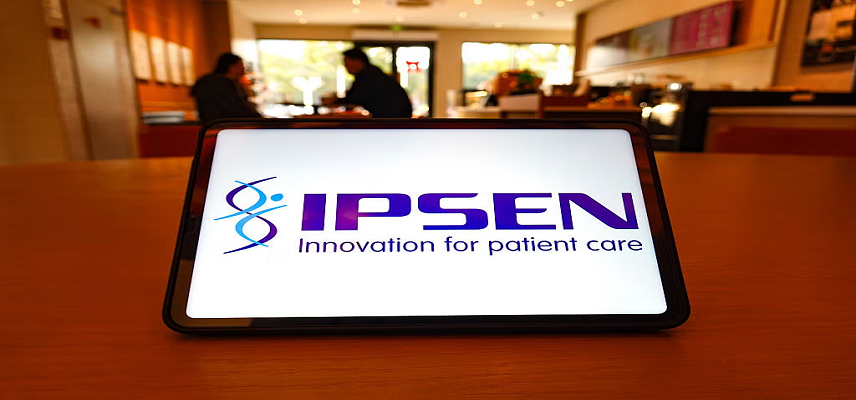Clearside Shares New CLS-AX Phase 2b Data at Angiogenesis 2025 Meeting
Clearside Biomedical, Inc, a biopharmaceutical company revolutionizing the delivery of therapies to the back of the eye through the suprachoroidal space (SCS), announced that two subgroup analyses were presented from the ODYSSEY phase 2b clinical trial at the Angiogenesis, Exudation & Degeneration 2025 meeting.
ODYSSEY was a randomized, double-masked, parallel-group, active-controlled, multicenter, 36 weeks clinical trial evaluating CLS-AX (axitinib injectable suspension) in participants with neovascular age-related macular degeneration (wet AMD).
The presentation, entitled “Phase 2b CLS-AX ODYSSEY Trial Results”, was presented by Roger Goldberg, MD, MBA, Bay Area Retinal Associates Medical Group. Dr. Goldberg reviewed key data from ODYSSEY, including two sub-group analyses that guided the design of the planned CLS-AX phase 3 clinical development program. The presentation also described the differentiated combination of CLS-AX, a highly potent, selective pan-VEGF tyrosine kinase inhibitor (TKI), delivered by suprachoroidal injection utilizing Clearside’s proprietary SCS Microinjector.
Victor Chong, CMO and EVP, head of R&D, commented, “The analyses presented at Angiogenesis highlight how CLS-AX can provide a durable treatment in wet AMD while maintaining visual acuity. The subgroup data from our ODYSSEY phase 2b trial provided us with key clinical insights that contributed to the design of our planned CLS-AX phase 3 non-inferiority clinical trials. These results support our plan to enroll a general population of treatment-naïve participants and potentially reduce non-disease related variability in visual acuity at randomization to better ensure the CLS-AX phase 3 data can be translated to real-world treatment practices.”
The first sub-group analysis supports enrolling treatment naïve patients in the planned CLS-AX phase 3 programme. The analysis showed stabilization of both the best corrected visual acuity (BCVA) and central subfield thickness (CST) in participants re-dosed with CLS-AX at Week 24 who did not require aflibercept rescue or CLS-AX re-dosing prior to week 24. In ODYSSEY where the participants were intentionally screened to meet more difficult to treat criteria, 67% of those participants in the CLS-AX arm did not require aflibercept rescue or CLS-AX re-dosing for 6 months. By targeting the more general wet AMD population in the planned phase 3 trial, there may be an even greater percentage of participants who can reach 6 months without the need for any intervention.
The second sub-group analysis supports excluding participants prior to randomization in the phase 3 trial who demonstrated significant non-disease related changes in visual acuity. This sub-group analysis removed visit data from participants who had a greater than 10 letter change in BCVA without a corresponding 50 micron change in CST from the previous visit. The analysis demonstrated compelling BCVA results and provided evidence that excluding this group of potential participants may reduce BCVA variability unrelated to wet AMD activity and therefore, may better ensure the CLS-AX phase 3 data reflect real-world treatment practices.
ODYSSEY was a randomized, double-masked, parallel-group, active-controlled, multicenter, 36-week, phase 2b clinical trial in participants with wet AMD previously treated with intravitreal anti-vascular endothelial growth factor (VEGF) standard of care therapy. A total of 60 participants were treated for 36 weeks and randomized to either CLS-AX (1 mg) or aflibercept (2 mg) with a 2:1 randomization schedule (40 participants in CLS-AX arm and 20 participants in aflibercept arm). CLS-AX was administered via suprachoroidal injection using Clearside’s SCS Microinjector, and aflibercept was administered via intravitreal injection. Participants in the trial were determined to have active disease with a median duration of wet AMD diagnosis of 9.9 months.
The ODYSSEY trial achieved its objectives, including primary outcomes in mean change from baseline in best corrected visual acuity and safety and tolerability of CLS-AX, and secondary outcomes in visual function and ocular anatomy, the need for supplemental treatment, and treatment burden as measured by total injections over the trial duration. CLS-AX demonstrated compelling intervention-free rates with 100% of CLS-AX participants not requiring any additional treatment up to 3 months, 90% up to 4 months, 81% up to 5 months, and 67% up to 6 months after the initial CLS-AX dose. In the CLS-AX group, the injection frequency was reduced by approximately 84% compared to the average monthly injections in the 24 weeks prior to screening.
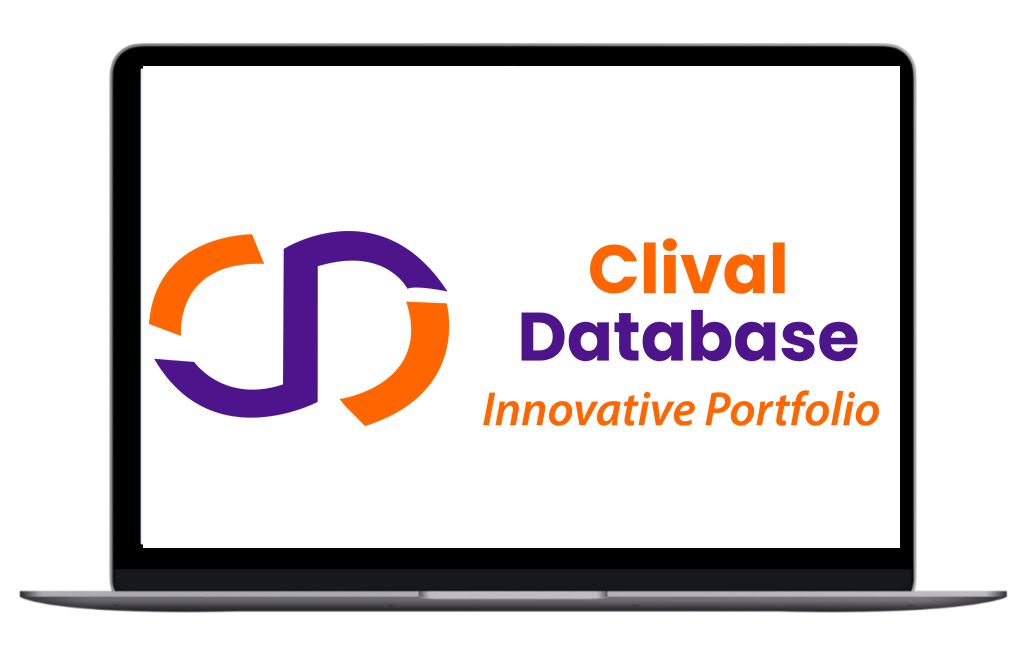
Optimize Your trial insights with Clival Database.
Are you exhausted from the uncertainty of trial insights pricing? Clival Database ensures the clarity in the midst of the global scenario for clinical trials to you.Clival Database is one of the best databases that offers an outstanding number of clinical trial data in terms of 50,000+ molecules and from primary regulatory markets as well as new entrants like Indian and Chinese markets.
With Clival, you get accurate positioning of historical sales data, patent database, company profiling, safety & efficacy, and prediction of launch of new innovative molecules helping you to align your research and driving down the cost.
To add value, we further break down our analytics for you so that improving your operational effectiveness; optimizing your clinical trials; and offering you accurate and high-quality data at lowest possible prices becomes possible.
Elevate your trial success rate with the cutting-edge insights from Clival database.
Check it out today and make more informed sourcing decisions! Learn More!

